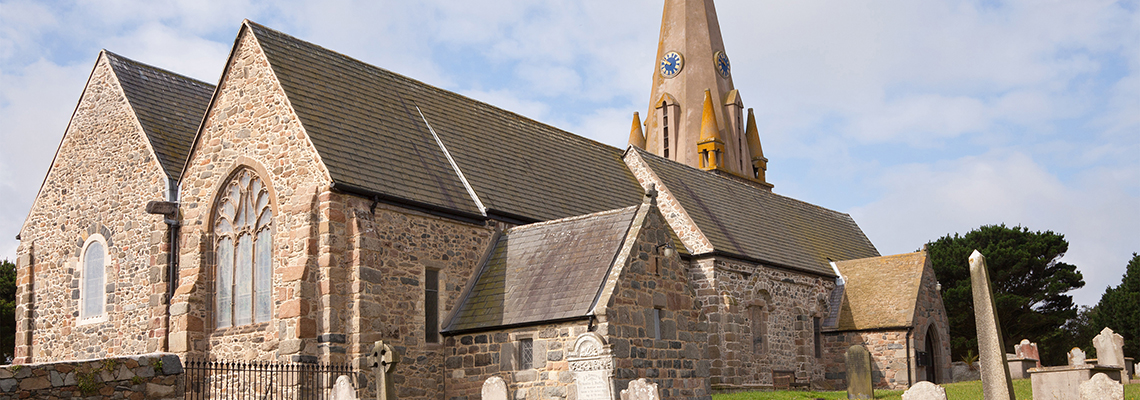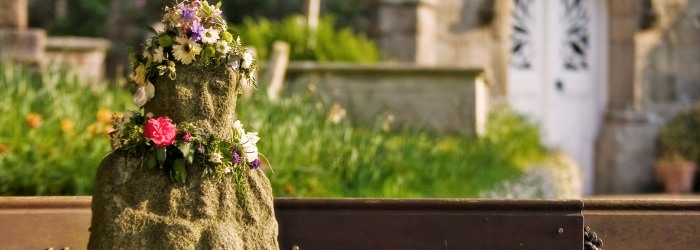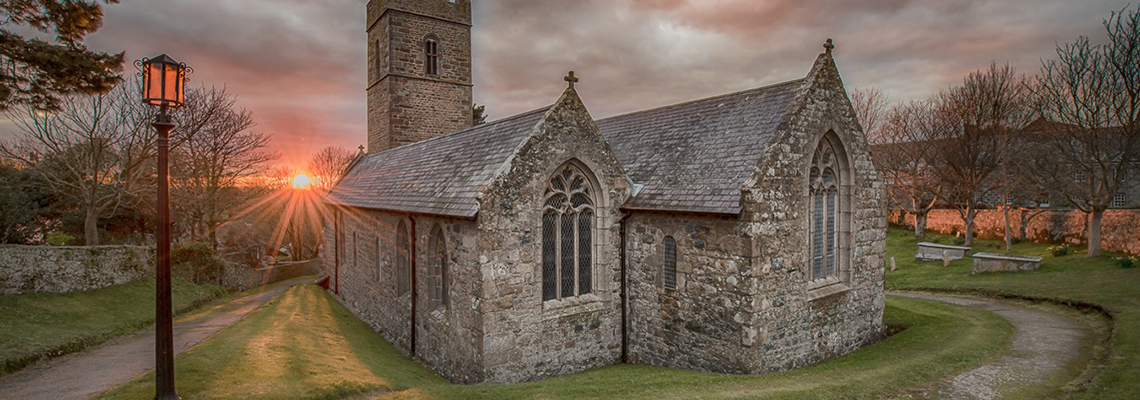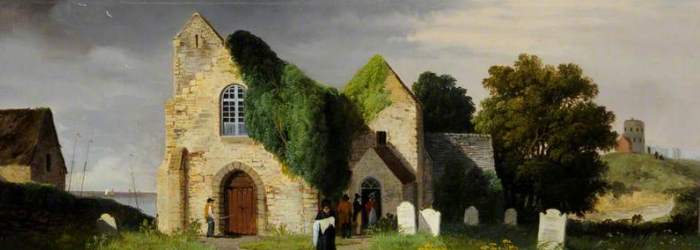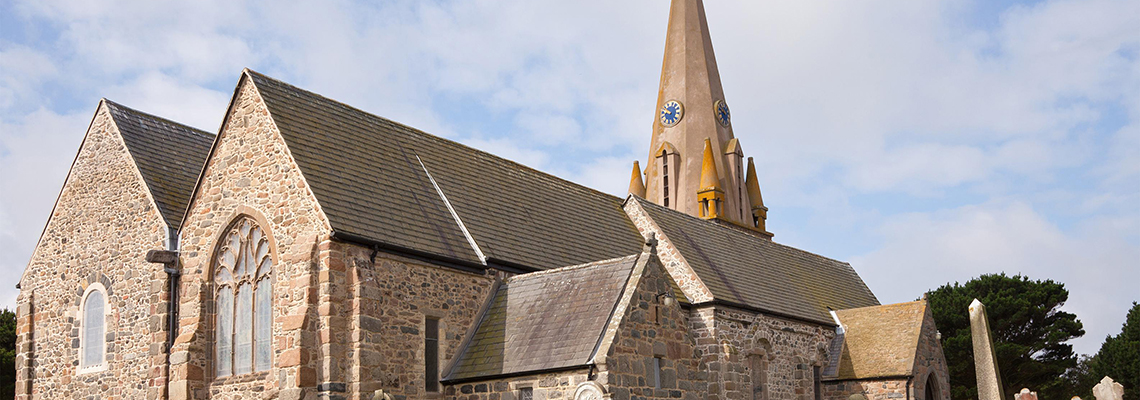All information in this blog post is correct as of the publishing date, 28.11.14.
During 2014, we are celebrating 30 years of bringing customers from the UK to the Channel Islands. As part of this celebration, we will be writing about 30 Guernsey essentials, from attractions and outdoor activities to special local food and some lesser-known island treats.
Part 11: Guernsey’s Churches
There is, in Guernsey, an incredible mixture of folklore and traditions, and of tales and religion. Most sites of pagan worship became sites for churches after the arrival of Christianity and the strong spiritual activity led to a high density of churches, built throughout the centuries. Many of them have a quirky little story to add to their name; take your time as you discover them at your leisure.
St. Peter Port’s Parish Church
Known as the Town Church, St. Peter Port’s Parish Church could be considered Guernsey’s cathedral, with the first documents dating as far back as 1048. Restored over the years, it is still very much an active church at the heart of the town’s life. The eight bells were recast in 1913 and again for the millennium, allegedly making them the heaviest in the Channel Islands.
Castel Church
Pretty much located in the centre of the island, Castel Church stands on Viking ground. A very fine statue-menhir can be admired, dating from more ancient times when a large megalithic community thrived in the area.
Forest Church
Forest Church also known as Ste Marguerite de la Foret is the smallest parish church in Guernsey, although its walls feature massive stones once part of a dolmen. Traces of an ancient burial ground may be seen in the churchyard. Unusually there are two entrances to the nave which were once used to separate the arrival of men and women.
St. Andrew’s Church
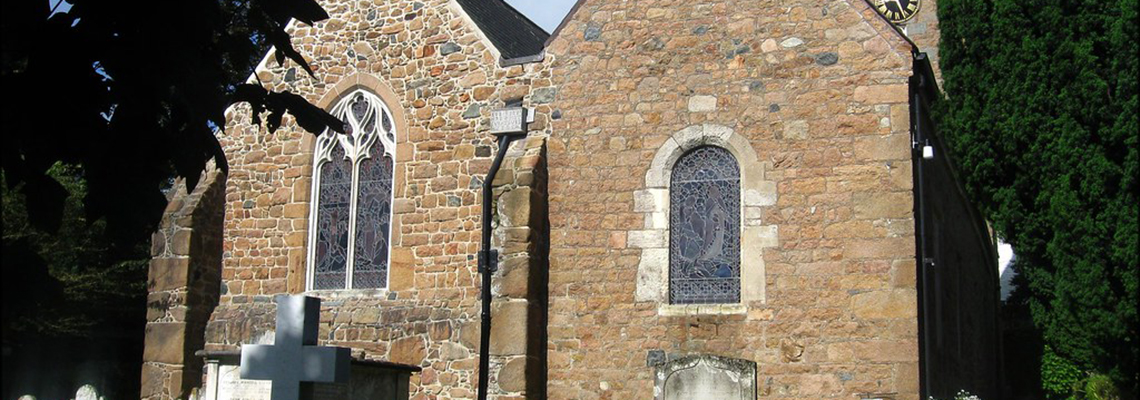
St. Andrew’s Church was once St Andrew de la Pommeraye or in the local partois, ‘of the apple orchard’. The orchard has long disappeared but a nearby fountain with potential curative powers hasn’t. St. Andrew’s doubled in size in the 15th century with large boulders from the coast used to extend the original 12th century building.
St. Martin’s Church
St. Martin’s church is built on an ancient holly site with a remarkable female menhir – La Gran’Mere du Cimquiere – still standing at the entrance to the churchyard. Witchcraft is reported to have taken place in and around the church as late as the 19th century, potentially breaking the statue in two.
St. Peter’s Church
St. Peter’s Church or St Pierre du Bois stands in beautiful surroundings on the side of a valley. The sloping grounds have resulted in a sloping floor with well over one foot’s difference between the east and west sides. Although giving a general impression of architectural unity, St. Peter was built in stages over the 14th and 15th century. It is famously host to an impressive thirteen bell peal.
St. Saviour’s Church
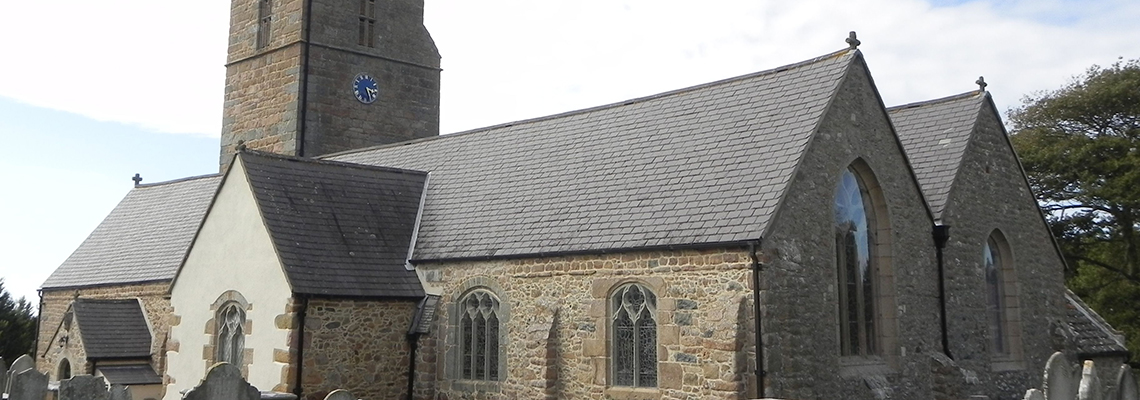
St. Saviour’s Church overlooks one of the island’s reservoirs and is the largest of all the country parish churches. The tower, once destroyed by lightning, was restored with the addition of a vestry in the 18th century to hold the island’s artillery. During the occupation, it also became the German’s favoured lookout post.
St. Sampson’s Church
A painting by Delancey – circa 1827:
St. Sampson’s is the oldest country church in Guernsey. It is named after the missionary Saint Samson who brought Christianity to Guernsey in 550AD. The site of the church is the site of St. Sampson’s landing with the first part of the building erected in the 12th century.
Torteval Church
Torteval Church replaced St Philippe’s church in 1816, the original building having fallen into disrepair due to a chronic lack of funds. The unusual round tower hosts the tallest spire in the island as well as the oldest bells which were cast in France in 1432.
Vale Church
Vale Church’s rectory now stands on the site of a priory built in 968 by Benedictine monks. Overlooking L’Ancresse common, Vale Church could once be reached by boat as it is positioned on a tidal inlet. The channel, Le Braye du Valle, was drained in 1806 for military reasons by the British Government and Vale Church is now part of ‘mainland’ Guernsey.
Much more needs to be discovered about the unusual history surrounding each of these lovely churches. Guernsey’s link to Christianity has been strong since its arrival in 550AD, although many other religious denominations can be found on the island.





